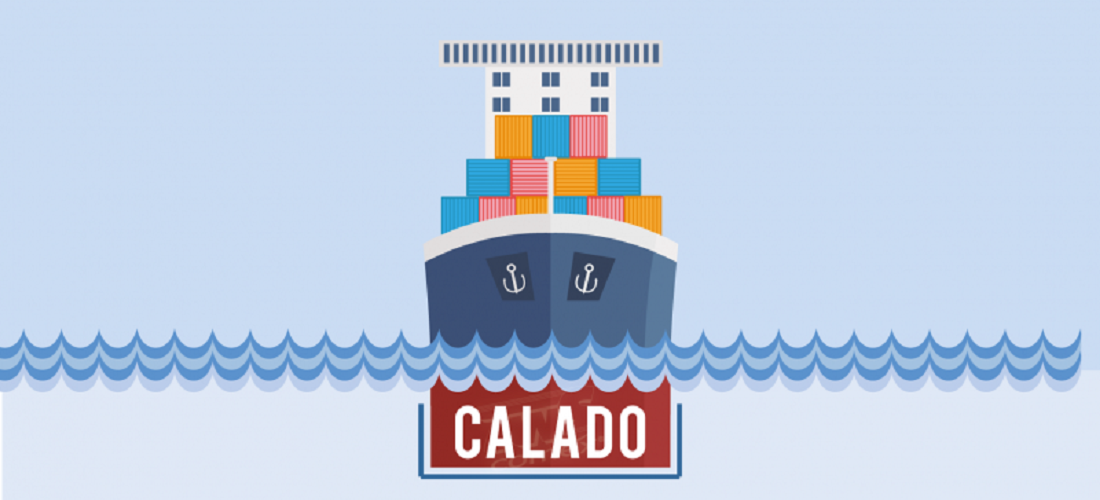
Draft
Mar, 22, 2021A ship’s draft is the vertical distance between the waterline and the bottom of the hull, i.e., the deepest point of the boat. It is the depth of the ship when submerged in the water. It can also be expressed as the minimum depth of water required to float the boat without letting it touch the bottom.
Knowing the draft of a ship in each load condition and water density (depending on salinity and temperature) is essential to determine a ship’s navigability over shallow areas, especially in ports and channels. That is because every ship can float between a maximum draft when it is at full load and a minimum draft when it is fully unloaded. The draft – plus an additional safety margin (the pilot’s foot) – determines which ports the ship can enter and which sandbars and canals the ship can cross during each tide condition.
The larger the draft, the wider the ship usually is and, consequently, the more likely it is to carry a greater amount of cargo. The first generations of container ships used to have drafts of 9 meters. The Post Panamax Plus models have drafts of between 14 and 15 meters. The current Super container carriers, such as Emma Maersk, have a draft of 15.5 meters.
With these current super container carriers, economies of scale in transport are gained but port investments are also required to receive ever-larger ships. For this reason, some Brazilian ports are investing to increase their depth to be able to receive increasingly larger ships with greater cargo capacity. The Port of Santos, for example, publishes on its website a guide with the maximum drafts of each berth to ensure navigation safety.
It is worth noting that when we refer to ports (docks), we are referring to the depth of the port. Therefore, we refer to the ship as having a draft, but we refer to ports as having depth.
-
Economy
Jun, 26, 2023
0
Brazil announces USD 1374bn trade surplus in 4th week of June
-
Automotive
Oct, 06, 2023
0
Production, sales and exports of vehicles dip in Brazil, warn automakers
-
Meat
Jun, 28, 2023
0
Pork: exports reach 79,144 thousand tonnes in June
-
Meat
Jul, 10, 2021
0
Ciacarne expands slaughterhouse to export pork

